 Saint Gjorgi church
Saint Gjorgi church
Saint George church
Crkva Sveti Gjorgi
Црква Свети Ѓорги
Sacred heritage \ Monastery \ Kumanovo, Macedonia
Your overall rating
Click to rate
Saint Gjorgi church
location & map Saint Gjorgi church
- elevation / altitude
- 427 meters
- distance
- 11.41 km from main square / Kumanovo
- latitude / longitude
- 42°11′55″N, 21°49′43″E
about Saint Gjorgi church
Saint George church in Staro Nagoricane is believed that was built in 1313, although it has been ascertained that it was erected on the fundaments of an older sacral structure dating from the 11th century and built, according to the tradition, by the Byzantine Tzar Roman IV Diogenes (1067-1071).
The year 1313 was imprinted on an inscription over the western entrance door and another inscription located on the southwest wall ascertains that the frescoes were painted in 1317-18.
The architecture of the church is three-pole (three-pillar) with a shape of a elongated cross. Five domes rise over the basis – a large octahedron dome in the center and four smaller domes. The lower part of the walls was constructed of cut stone and the upper part by alternate layers of stone and brick giving a serene and impressive (effective) tone (chromaticity). The altar apsis is elegantly (elaborately) parted, hemispherical on the inside and pentahedral in the upper part on the outside.
What makes this church exceptional is the preserved original altar partition, that is the iconostasis made of stone pillars, parapet plates and ornamented archigraph. This is a unique example of icons painted in fresco technique in our country. St. George and Mother of God Pelagonitisa have been painted in this technique on the left and right side of the Tsar’s (Lord’s) Gates.
However, an interminable importance of this cultural and sacred monument rests in the preserved frescoes painted by the renowned fresco-painters Evtichie and Mihailo. The frescoes have been painted in the paleologic (paleo-) style of the 14th century with outstanding expressiveness, but also a remarkable subtleness, delicate stylization and moderate expression. The portraits of the founders (patrons) of the church, King Milutin and his young wife Simonida, are also impressive. They have been portrayed in the lower part of the northern wall. There are plenty of depictions of saints, life scenes, the sufferings and miracles of Jesus Christ ("The Crucifixion"; "The Way to Golgotha"; "Ascending to the Cross"; "The Mocking of Christ", etc.) and illustrations of calendars, as well as portraits of local saints – St. Clement of Ohrid (Ohridski), St. Joachim of Osogovo (Osogovski), St. Prochor Pchinski, who according to the legends, lived in a cave near the church before it was built.
photos nearby Saint Gjorgi church
nearby
nearby
-
5.14 km
-
9.06 km
-
11.14 km
-
11.35 km
-
11.53 km
-
12.55 km
-
18.22 km
-
21.31 km
-
24.8 km
-
31.85 km
-
5.35 km
-
9.41 km
-
10.66 km
-
11.4 km
-
14.02 km
-
31.99 km
-
31.99 km
-
32 km
-
33.85 km
-
34.71 km





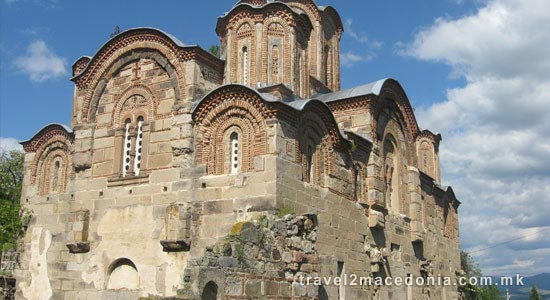
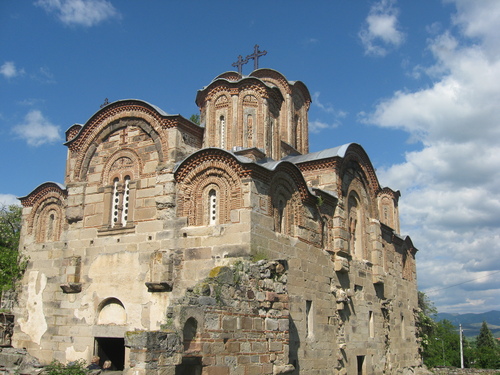
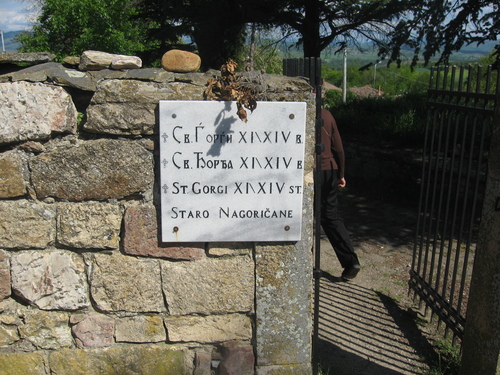

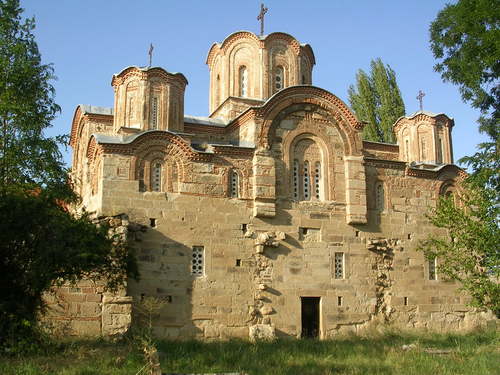
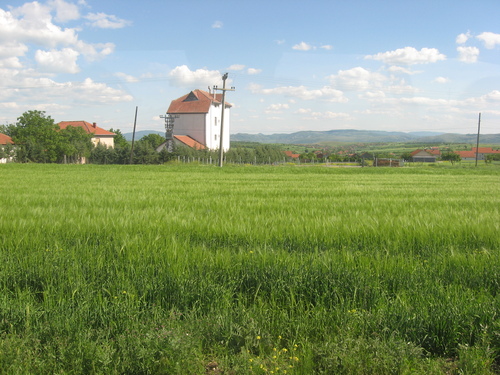
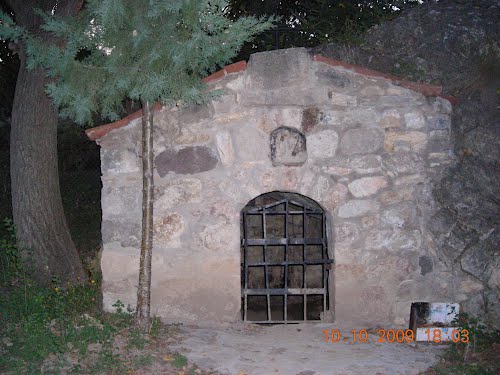
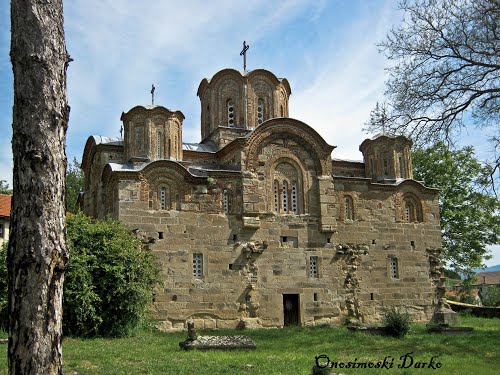
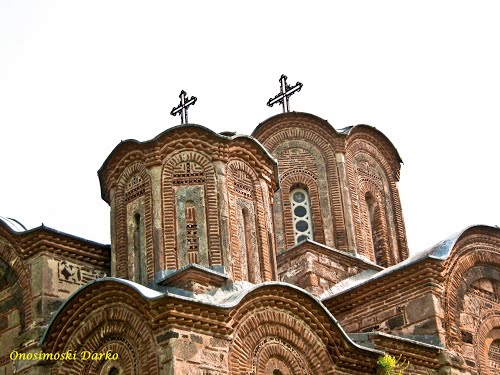
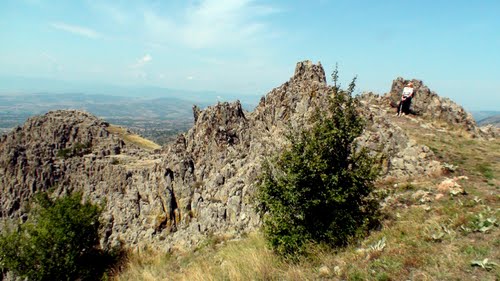
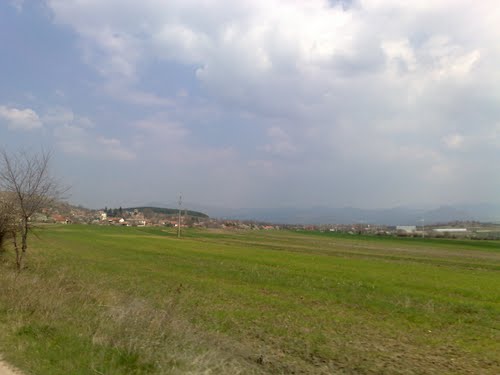
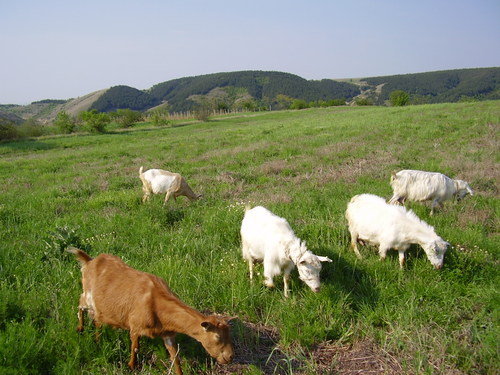
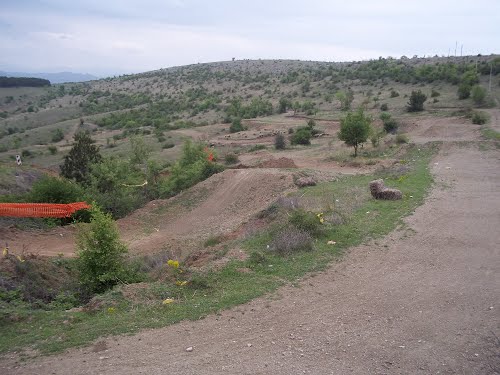
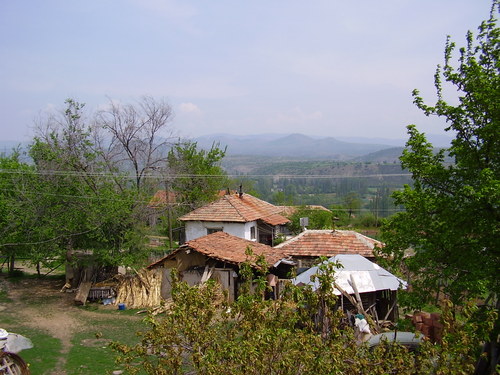
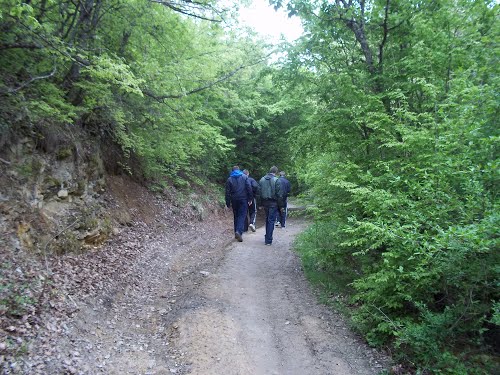
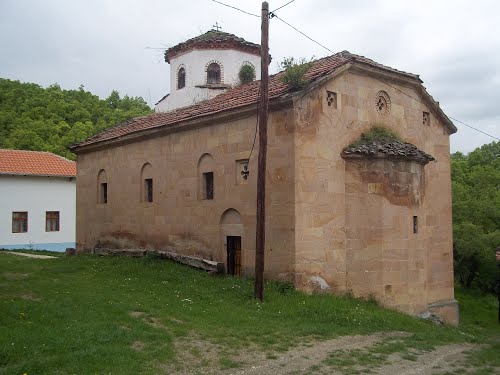
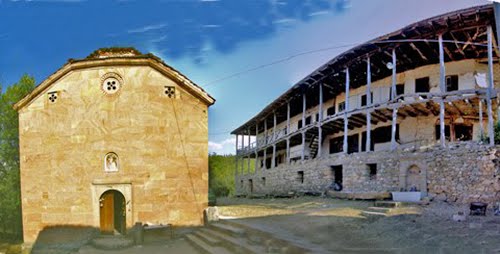
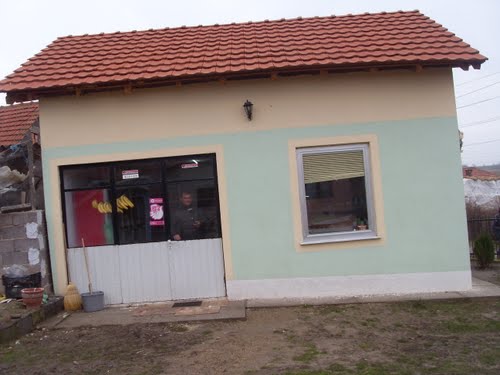
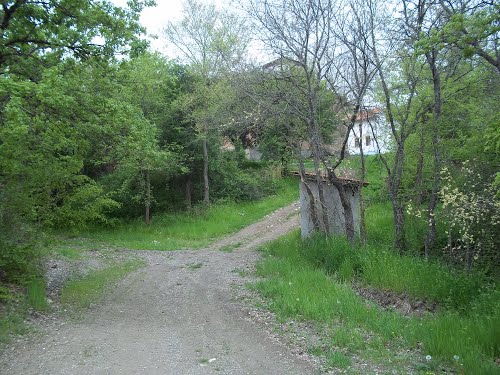
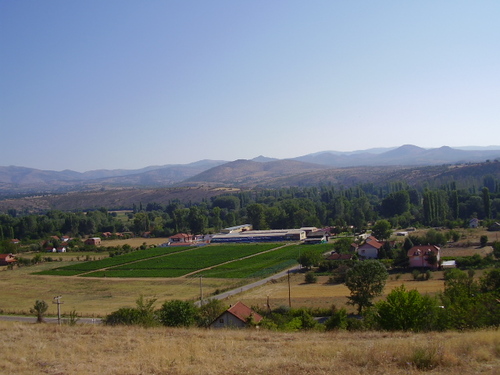
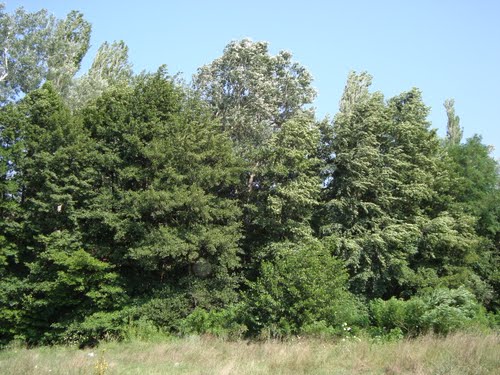
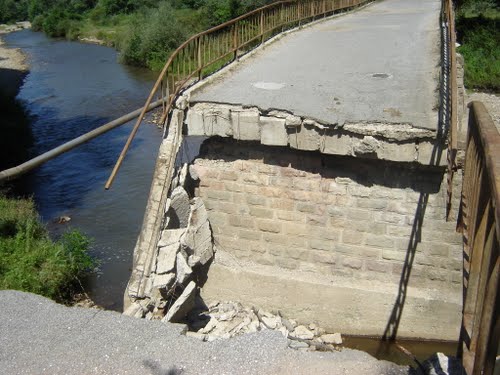


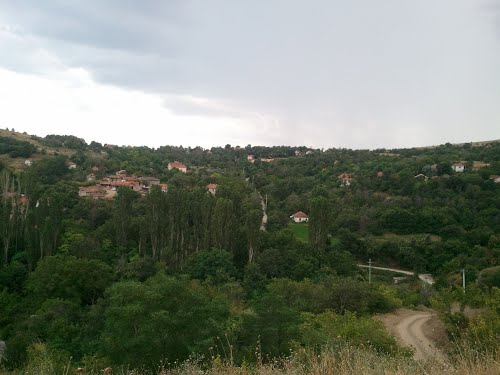
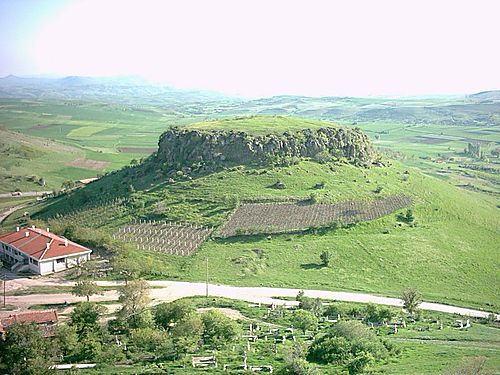
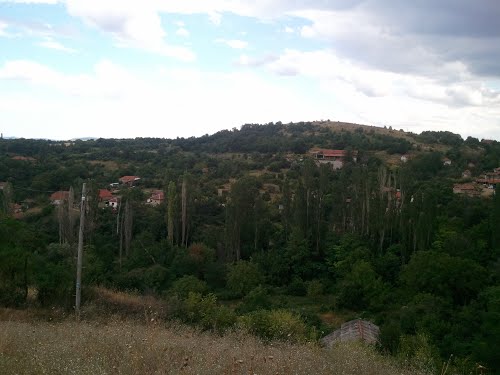
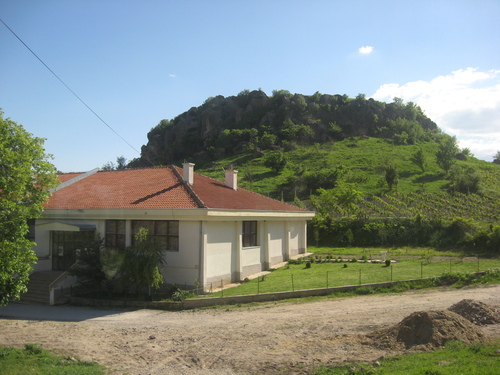
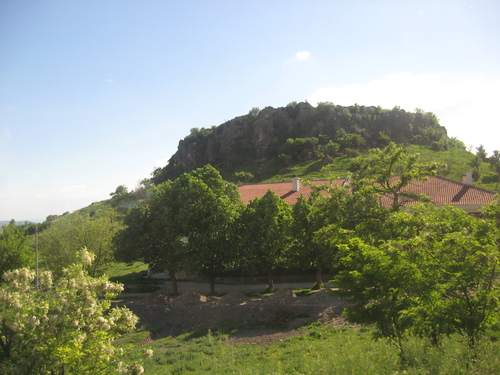
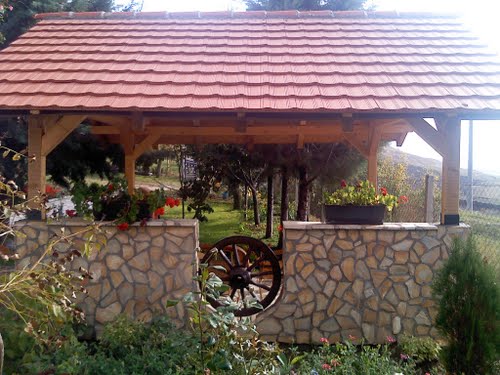
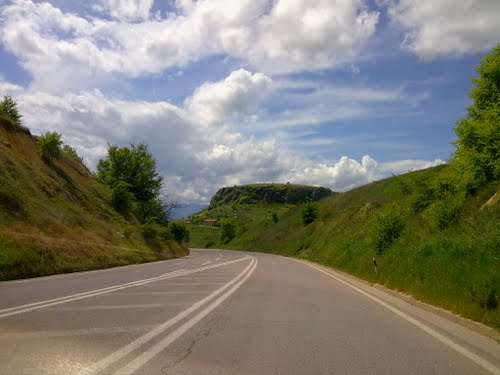
Let's socialize